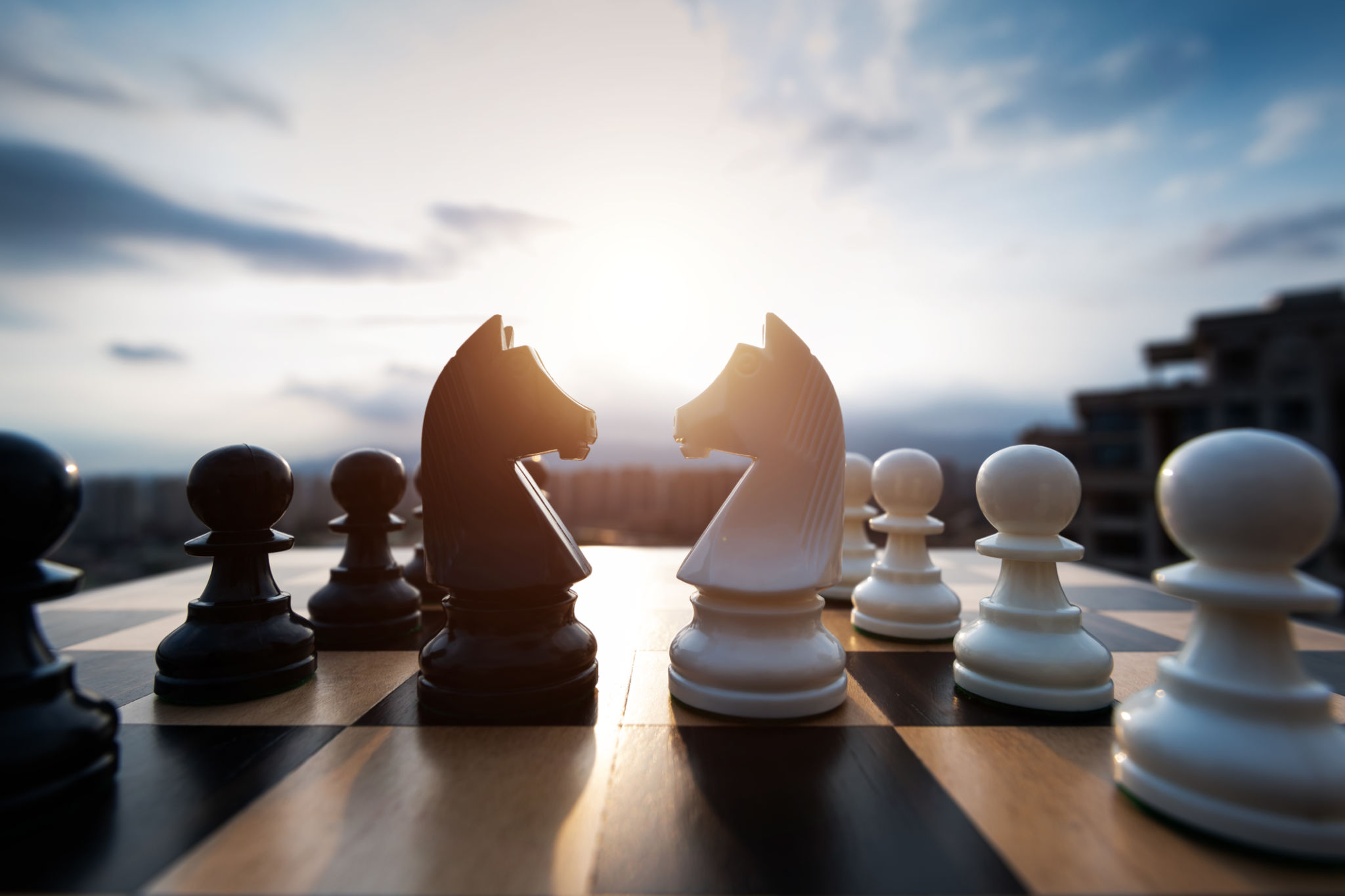Creating Custom Board Games: From Concept to Production
Understanding Your Game Concept
The journey of creating a custom board game begins with a clear and engaging concept. Your game idea should be unique but also relatable to your target audience. Start by identifying the theme or story that you want to communicate through your game. Whether it's a fantasy adventure, historical reenactment, or a modern-day mystery, the theme will guide the development process.
Consider the audience you're designing for. Are you targeting families, children, or adults? Understanding your demographic will help tailor the game's complexity and content to suit their interests and capabilities.

Designing the Game Mechanics
Once you have a concept, the next step is to design the mechanics. Game mechanics are the rules and systems that guide how players interact with the game. This includes turn order, scoring systems, player actions, and any special abilities or events that occur during gameplay.
Create a prototype to test these mechanics. This could be as simple as hand-drawn cards and a makeshift board. Playtesting is crucial as it allows you to refine the rules and ensure a seamless gaming experience.
Prototyping and Playtesting
Developing a prototype involves creating basic versions of your game components. These could include cards, boards, tokens, or dice. The goal is to have a tangible product that can be used for testing. During playtests, observe how players interact with the game and note any confusion or areas where engagement lags.

Designing Visual Elements
The visual elements of your game—such as artwork, color schemes, and typography—are vital in creating an immersive experience. Work with graphic designers and illustrators to bring your game's theme to life. These visuals should not only be appealing but should also enhance the gameplay by providing clarity and aiding in storytelling.
Consider creating a style guide for consistency across all game components. This includes fonts, colors, and iconography that align with your game's theme and branding.
Finalizing Your Game Components
After multiple rounds of playtesting and refining, it's time to finalize your game components. This includes producing high-quality versions of the board, cards, tokens, and any other pieces your game requires. Consider durability and usability when selecting materials.

Production and Manufacturing
With finalized designs, you can begin the manufacturing process. Research potential manufacturers that specialize in board games and request samples of their work to ensure quality standards are met. Pay attention to production timelines and costs to keep your project on schedule and within budget.
It's also beneficial to consider environmental factors. Opt for sustainable materials and processes if possible, as this can be a selling point for environmentally conscious consumers.
Marketing Your Board Game
Once your board game is produced, it's time to focus on marketing. Build excitement by showcasing your game on social media platforms, at gaming conventions, and through online forums. Engage with potential customers by sharing development stories, behind-the-scenes content, and gameplay videos.
Consider launching a crowdfunding campaign to generate buzz and secure initial sales. Platforms like Kickstarter are ideal for independent game developers seeking to reach a wider audience.
Launching Your Game
With marketing efforts in full swing, prepare for the official launch of your board game. Ensure you have an efficient distribution plan in place to handle orders promptly. Engage with your community through launch events or online live sessions where you can demonstrate gameplay and answer questions.
Post-launch, gather feedback from customers to continue improving your game for future editions or expansions. This ongoing relationship with your audience can lead to long-term success and brand loyalty.

